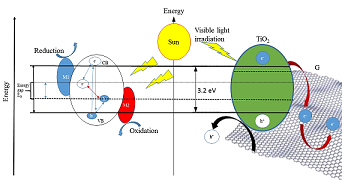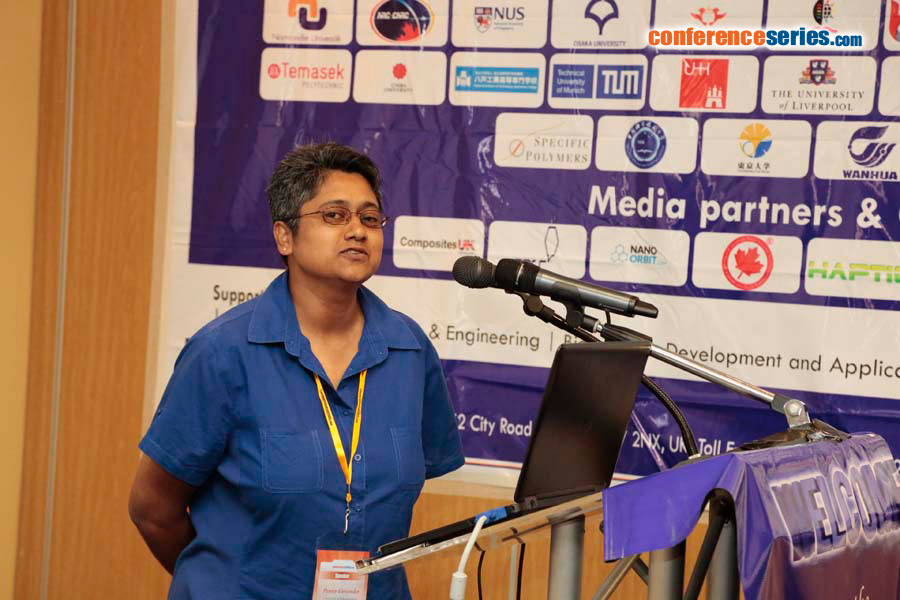
Penny Govender
University of Johannesburg, South Africa
Title: Supporting titanium on silica, graphene, epoxy graphene and carbon nanotubes: A first-principles study
Biography
Biography: Penny Govender
Abstract
The use of silica has been studied as a support material with other materials. Since the establishment of ballistic transport and electrical properties of graphene, several researches have been conducted on the interaction between graphene and silica. However, incorporation of TiO2 on graphene-silica resulted in a memristor based on the titanium oxide films and titanium nitride electrode. Enhance textual properties of multi-walled carbon nanotubes (CNTs) with a high loading when TiO2 is supported on multi-walled carbon nanotubes and SBA-15 is revealed. To understand the origin of the electron transfer during photocatalysis, a projected density of state is conducted to assess the orbital contribution in the charge transfer and the effect of introducing TiO2.All the calculations are performed using density functional theory, with the generalized gradient approximation parameterization of Perdew-Burke-Ernzerhof functional as implemented in Cambridge Serial Total Energy Package of Material Studio 2016. To simulate the interfacial and optical properties of the composite material, the powder diffraction patterns and Raman spectra for the starting structural models, as well as pure TiO2, graphene and epoxy graphene monoxide are computed. The electronic and optical properties analysis of the epoxy-graphene monoxide and graphene composites are found to be more sensitive in the visible region (400 to 800 nm) compared to the TiO2, SiO2, and graphene and epoxy graphene monoxide monolayers. The electrostatic potential of the composites is reduced compared to the individual monolayers, which indicates effective electron transfer. Therefore, the new composite material is superior in properties and would find applications in TiO2-based photocatalyst material by exploiting the advantages of other materials.



